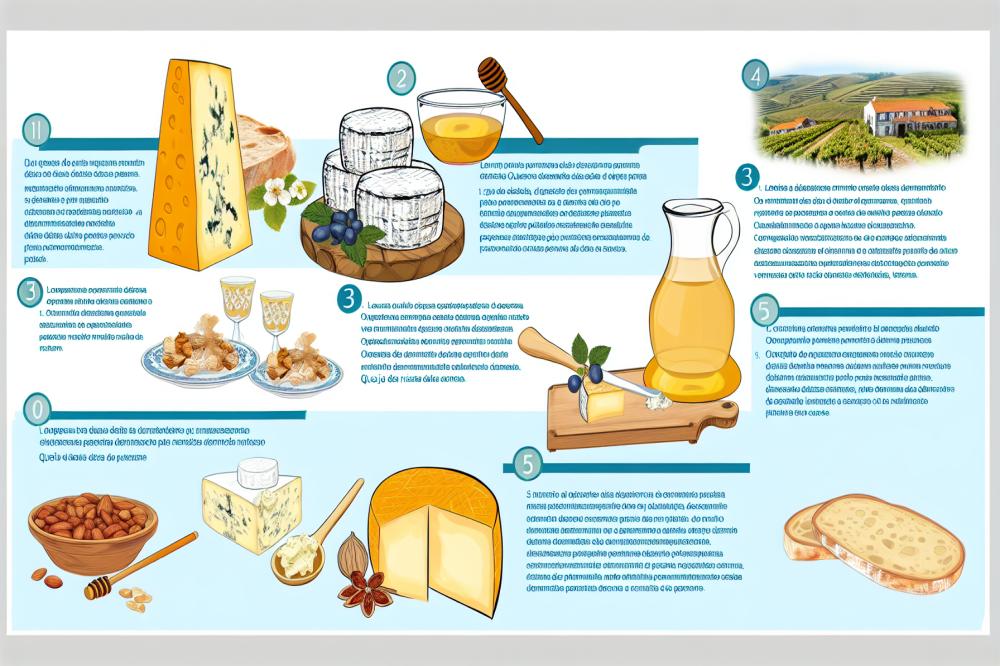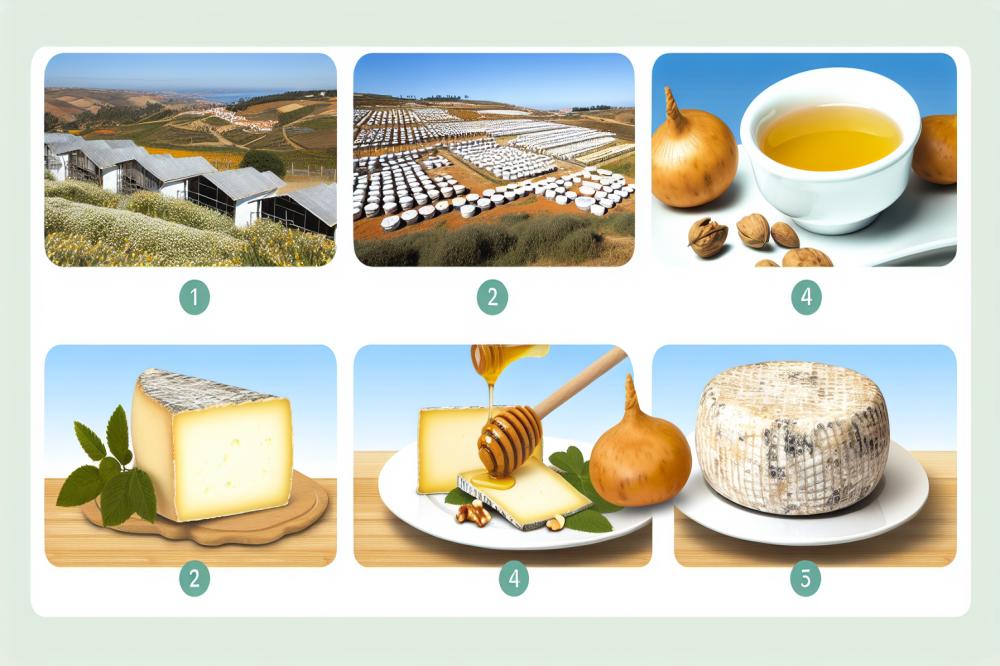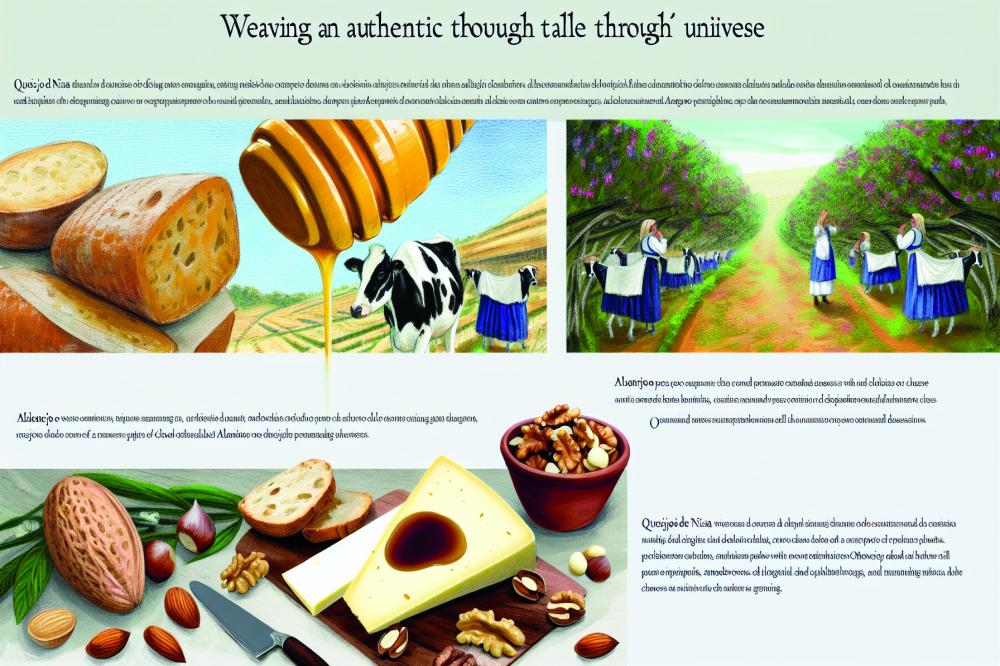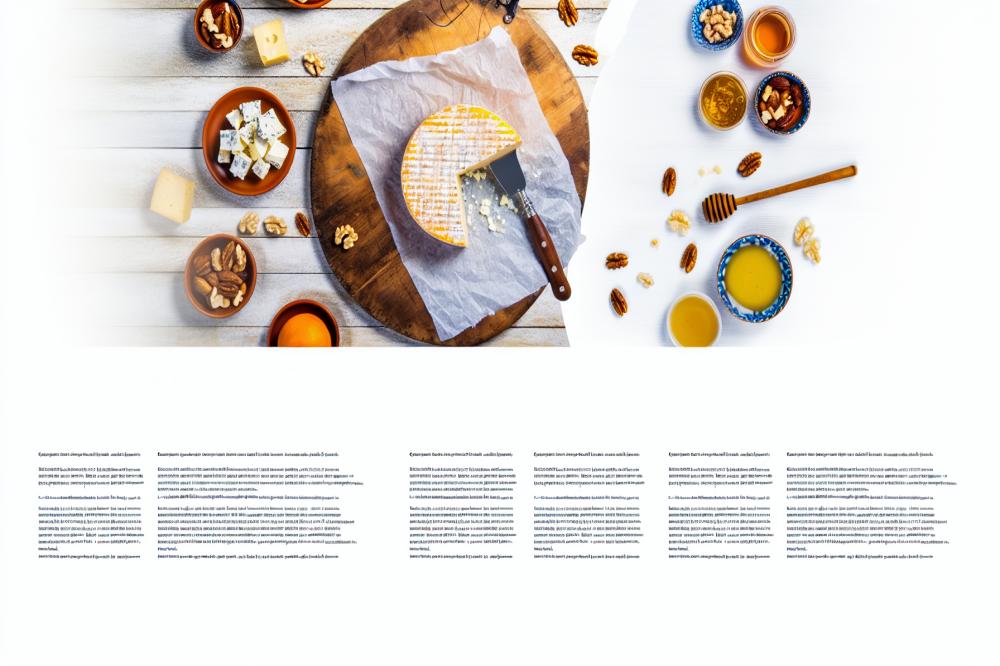cheeseofchoice.org/how-queijo-de-castelo-branco-differs-from-other-portuguese-cheeses”>Queijo de Nisa: A Tangy Delight from Alentejo
Queijo de Nisa represents a cherished chapter in the story of Portuguese cuisine. Hailing from the Alentejo region, this cheese has earned a special place on tables across the country. Its tangy flavor distinguishes it from other cheeses, providing a delicious zing that can elevate any dish. People often describe it as rich, with an aroma that invites you to take a bite. The texture is semi-hard, allowing for easy slicing, yet creamy enough to melt in your mouth.
Traditions surrounding the making of Queijo de Nisa are as deep as the landscape of Alentejo itself. Artisans employ age-old techniques passed down through generations. Sheep graze on the rich pastures of this sun-kissed region, their milk forming the basis of this delightful cheese. The careful process of curdling and aging adds complexity, showcasing the dedication of local cheesemakers. Such commitment brings pride to the region and flavors to the plate.
Alentejo is also home to a variety of other cheeses, each with its own characteristics. The cheese-making heritage of this region reflects a blend of natural resources and cultural practices. This diversity offers a delicious experience for anyone eager to explore the world of Portuguese cheeses. Taste a bit of history along with that tangy delight, and you’ll understand why Queijo de Nisa is beloved by many.
Queijo de Nisa

Queijo de Nisa is a traditional cheese from the Alentejo region of Portugal. Its history dates back centuries, with roots often linked to the pastoral life of local shepherds. Using sheep’s milk, this cheese offers a rich and hearty flavor profile, which has captured the hearts of many. The production process is intricate and requires great skill. After milking, the milk is curdled using rennet and left to coagulate. Once formed, the curds are carefully pressed and shaped into molds. This process may take several days before the cheese is ready for aging.
Aging plays a vital role in developing the flavor. Queijo de Nisa is typically aged between one to six months, during which its tangy characteristics strengthen. As the cheese matures, it gains a unique aroma that is both inviting and bold. Variations do exist; some artisans add herbs or spices, creating different tastes and textures. Traditional methods often result in a semi-hard cheese, while commercial versions may differ in consistency.
This cheese holds an esteemed place in Portuguese cuisine. Often served on cheese boards, it pairs well with olives and crusty bread. People enjoy it alongside rich wines from the region. Incorporating it into traditional dishes is common too. Many recipes feature Queijo de Nisa, from soups to savory pies. Its sharpness enhances meals, making it a beloved ingredient among locals.
The flavor is what truly sets this cheese apart. A pronounced tanginess surprises the palate, while the aroma captivates the senses. Palates appreciate the balance of creamy texture against its flavorful punch. Enjoying a slice on its own allows one to experience its full character. When paired with dried fruits or nuts, it transforms into an exquisite treat for gatherings.
Overall, Queijo de Nisa is more than just a cheese. It represents the culture and heritage of Alentejo. Its production reflects a deep respect for traditional methods, while its flavor showcases local ingredients. As culinary trends evolve, this cheese remains a staple, bridging history and modern cuisine. Taste it, and you might find it hard to resist returning for more.
Alentejo cheese

Alentejo is known for its rich cheese-making tradition, with a variety of cheeses that reflect the region’s flavors and climate. Apart from Queijo de Nisa, several other types stand out. Queijo de Évora is another notable cheese, recognized for its creamy texture and sharp taste. Sheep’s milk often serves as the primary ingredient in these cheeses, imparting a robust flavor profile.
Crafting Alentejo cheese involves traditional methods that have been passed down through generations. In many cases, local artisans use milk sourced from local herds, which contributes to the distinctiveness of the cheese. The environment plays a crucial role, as the herbs and grasses the animals graze on influence the milk’s taste. The simple yet effective techniques used in production highlight the craftsmanship involved.
Several cheeses from this region share common characteristics. Most are made from sheep’s milk, but you can also find varieties using goat and cow’s milk. Aging processes differ based on the type of cheese, and this affects flavor and texture. For example, some cheeses have a strong, tangy taste, while others may be mild and buttery.
A comparison reveals interesting contrasts. While Queijo de Nisa sports a spicy bite, other Alentejo cheeses might lean towards sweetness. The diversity in taste appeals to various palates. They all reflect the shared heritage of cheese-making in this picturesque part of Portugal.
The use of local ingredients is a cornerstone of these cheeses. Paneiras, or traditional baskets, are often employed for draining curds. Each step in the production is meticulously followed to maintain quality. The combination of local flora and traditional methodologies creates a tapestry of flavors, making cheese from this region special in its right.
Recipe: Queijo de Nisa with Honey and Nuts

For a delightful treat, consider a simple yet flavorful combination. This recipe highlights the rich and tangy characteristics of Alentejo’s famous cheese.
Ingredients:
- 200g Queijo de Nisa
- 2 tablespoons of honey
- 50g mixed nuts (walnuts, almonds, hazelnuts)
- Fresh bread or crackers for serving
Instructions:
- Begin by slicing the Queijo de Nisa into wedges.
- Next, arrange the cheese on a serving platter.
- Drizzle honey over the cheese wedges for added sweetness.
- Chop the mixed nuts coarsely. Sprinkle them generously over the cheese.
- Finally, serve with fresh bread or crunchy crackers. This makes for a delightful snack.
Nutritional Information (per serving):
- Calories: 300
- Protein: 10g
- Fat: 23g
- Carbohydrates: 15g
- Vitamins and minerals present: Calcium, Magnesium, Vitamin E
Health Benefits:
The nutritional benefits of this dish are noteworthy. The cheese offers a good amount of protein, which is essential for muscle repair and growth. Beneficial fats can also be found, providing a source of energy. Honey is not just sweet but contains antioxidants, which are vital for maintaining health. Nuts are another powerhouse of nutrients; they provide healthy fats and are packed with vitamins and minerals.
Mixing these ingredients not only excites the palate but also contributes positively to your overall diet. Enjoy this unique combination while celebrating the flavors of Alentejo!
The Flavorful Legacy of Alentejo’s Cheese

Recapping the exceptional attributes of Queijo de Nisa reveals why it stands out in both local and international kitchens. This cheese boasts a distinctive tanginess, rich flavor, and a delightful creaminess that make it a favorite among cheese lovers. Each bite tells a story of the mountainous Alentejo region where it originates.
Appreciating Portuguese cheeses opens the door to diverse flavors and textures. Many varieties exist, each with its own heritage and craftsmanship. Trying these cheeses, including the one featured in our recipe, allows for a deeper connection to the country’s culinary traditions.
Exploration of Alentejo’s cheese offerings provides insight into its cultural heritage and the pride of its people. Local artisans work tirelessly to maintain traditional methods, ensuring that every wheel delivers authenticity. Therefore, as you savor Queijo de Nisa or experiment with delightful recipes, reflect on the artisanal journey behind this cherished product. It’s not just cheese; it’s a piece of Portugal’s heart.



